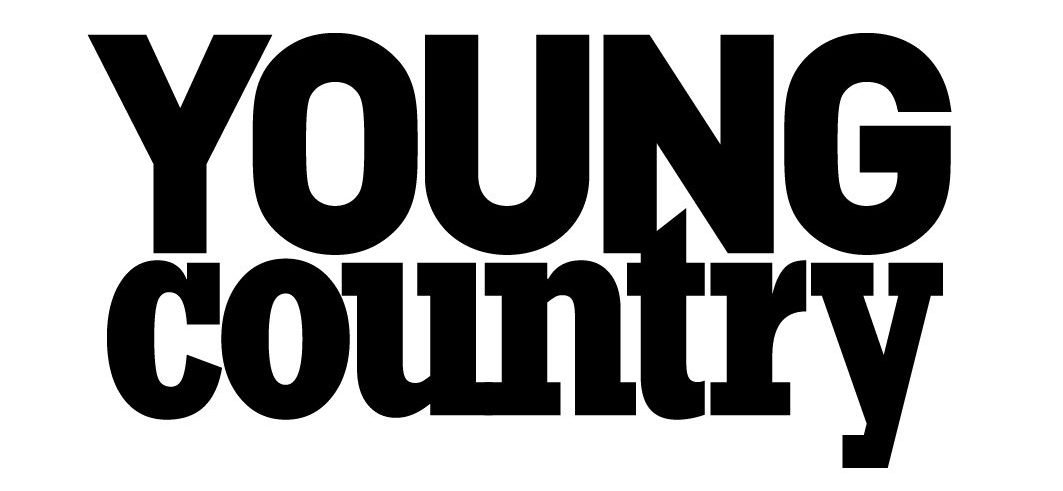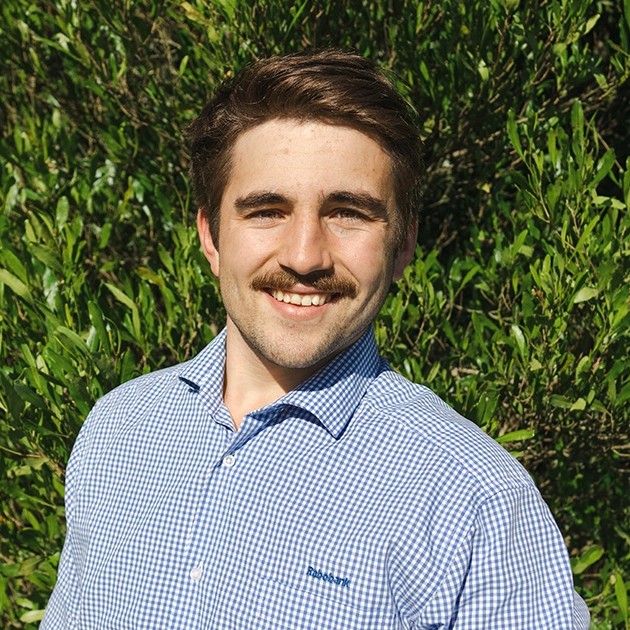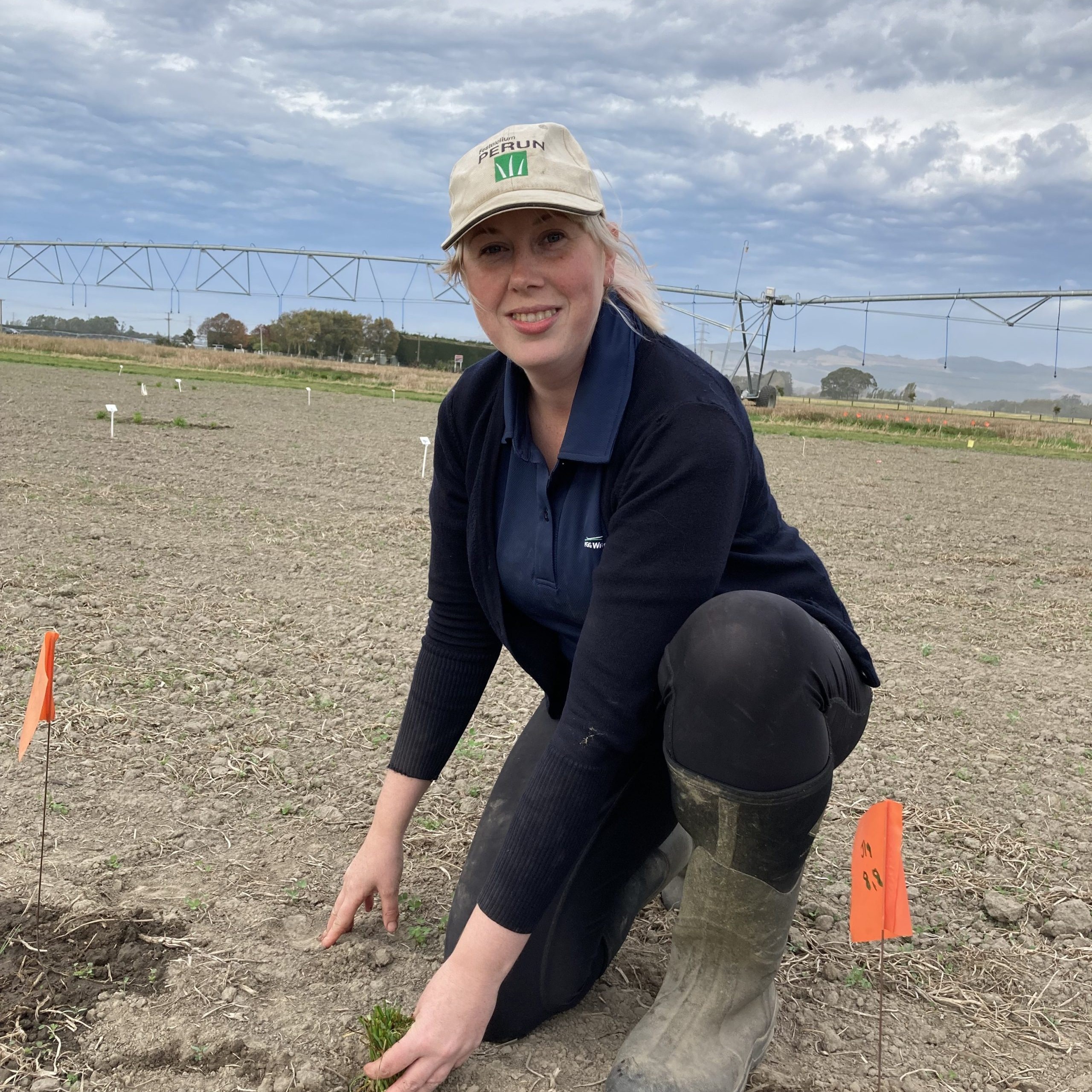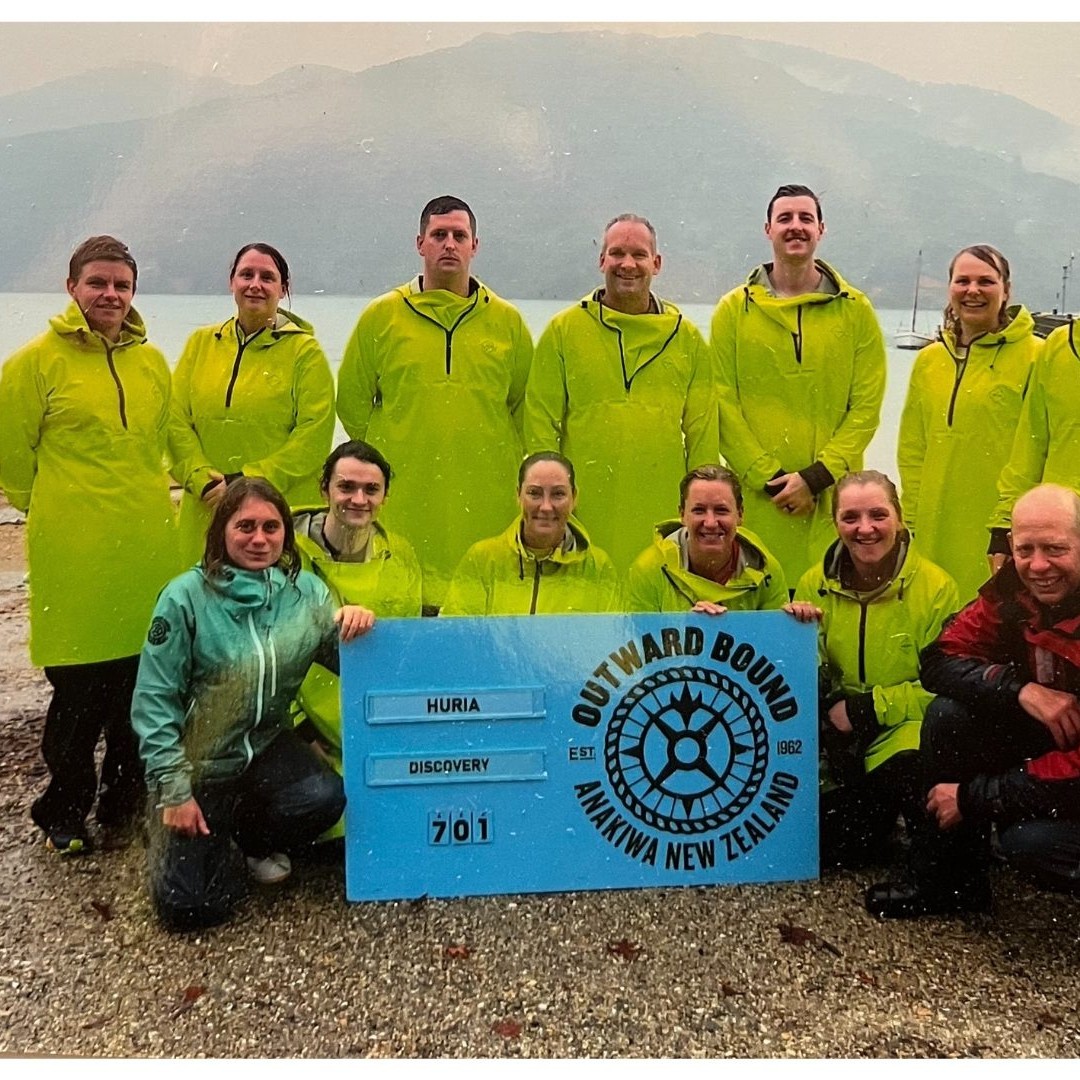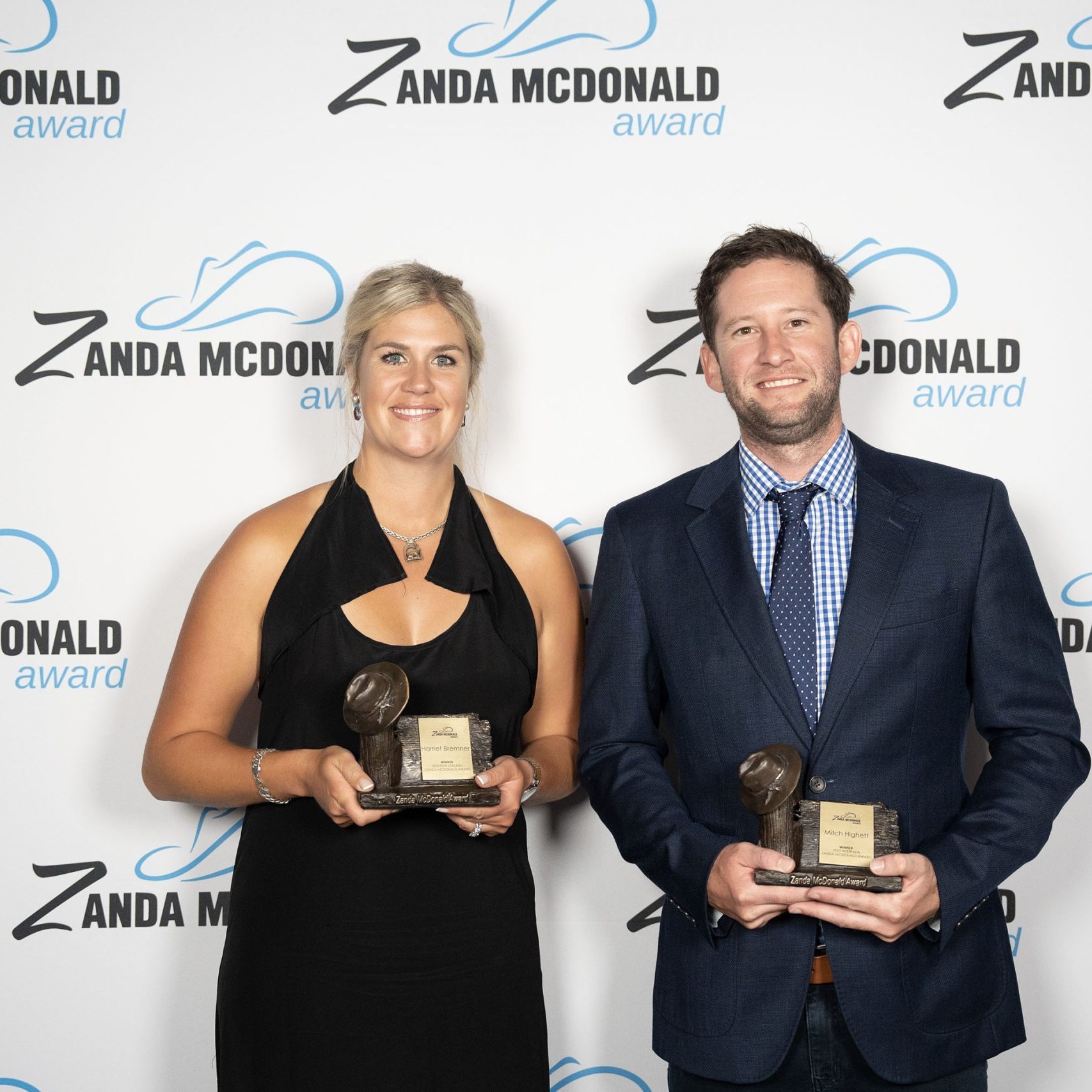Tararua farmer Trudy Hales has turned her garden passion into a business opportunity. Rebecca Harper reports.
Trudy Hales doesn’t consider herself a gardener, but she’s always loved growing plants. Now, she’s turning her passion for plants into a viable business that complements the environmental work she and husband Simon are doing on their Weber farm.
The couple operate hill country sheep and beef property, Kereru Farm Weber, and were this year’s Supreme Award winners in the Horizons Ballance Farm Environment Awards.
Trudy is establishing a native tree nursery, alongside an indoor plant offering that includes plant care products and books. As well, she has created a website and selling platform for the farm and is now adding a selection of stunning items created using materials found on the farm, sold under the Kereru Goods banner.
When Trudy first met Simon, she’s was a city dweller with a background in radio, marketing and tourism – all skills she is putting to good use in her new venture. The couple have two young children, Rocky, 4, and Alby, 1.
“I’m not from a farming background. I meet this farmer, move two hours from town and have two kids. In my head, what happens next? A lot of the stuff I did in my previous life I can’t do here. I’m not super useful on the farm, I don’t have working dogs, but I wanted to bring in some income and feel fulfilled in my own right.
“I thought: what if I can shape a business out of this that’s long-term and sustainable, using the skills I have, which are in communications and marketing, with an interest in plants – but also pride in our farm and operation?”
The couple are always looking for different opportunities to diversify their business and had been doing a lot of native planting on their farm.
“We have a lot of land that is regenerating nicely and started working with Horizons Regional Council in 2015, we did a Whole Farm Plan and identified areas of work.”
So far, this work has included fencing off all of the Akitio River, putting in sediment traps, erosion control and identifying areas for riparian planting.
With so much planting to be done, Trudy thought she could have a crack at growing her own. Their fert rep, Nathan Congreve from i-Fert, is an ex-nurseryman and proved to be a wealth of knowledge about collecting, germinating and stratifying native seed.
They purchased a greenhouse and started putting seed down. Trudy is growing mostly flaxes, cabbage trees, carex, ake ake, various pittosporums, koromiko (hebe) and kowhai, sourcing as much as possible from the farm.
“I buy in some seed, like rimu and kakabeak and have propagated a lot of our own kahikatea. I’m learning as I go, I’m happy to make mistakes – and drive Simon insane – but I like to figure it out as I go.”
For the first few years, most of what they grow will be used on their farm, with Horizons subsidising the plants. Once most of their planting is done, more will be for sale to the public.
Another fortuitous opportunity is the fact Simon’s sister and brother-in-law have recently purchased a large commercial nursery in Hamilton, Growing Spectrum. “They have some incredible natives that the previous owners actually created, and I can become a client and have some product that is exclusive to Growing Spectrum.”
With the ages of their children, Trudy feels she’s timed things well. “By the time they’re at school we will have developed and refined our techniques, be better at it and hopefully have more to sell.”
While she didn’t set out to sell indoor plants, it was more of a happy accident, the indoors have provided welcome start-up money to invest in the natives and other goods – and now their home resembles a jungle.
“I’ve always loved indoor plants and one day I found some Monstera. I knew a few friends were looking for them and I took them to a girlfriend who said ‘why don’t you do this, find plants for people?’ Off the cuff I started a Facebook page and it took off like wildfire – it’s blown me away how quickly that part has developed.
“Indoor plants are in a massive fashionable phase, it’s such hot property, and I’ve used the indoors to build our audience and social pages. I feel that will taper off as the native side of the business grows because at the moment I spend a lot of time on the road sourcing plants,” she says.
“The indoor plants have been a wonderful way to grow a captive audience, hence now looking at hides, art and sheepskins, products we are bringing under the Kereru Goods banner, which have to have a connection with the farm.”
The idea for the hides came during one of the couple’s brainstorming sessions. “We were shooting out some ideas and identified we have hunting on the farm. Simon does a lot of hunting, we eat the meat, let’s use the hides.”
Trudy found a local tanner, Joe Jordan, in Dannevirke. “I love supporting local and he does a beautiful job. He’s just getting into taxidermy too.”
The latest idea, art using items found on the farm, was again born from thinking outside the box.
“We have a lot of totara posts and old machinery lying around and we were thinking about what we could do with it.”
Mark Dimock, an Eketahuna artist who creates native bird sculptures from old totara posts and mounts it on old farm machinery, has come recently on board.
“I contacted him and said we have this brand we’re building, would you be interested in collaborating to create a Kereru Farm Weber range that could be put to market? He’s been amazing and I’m excited to see how it will turn out. It’s his creative direction, but using materials from our farm, and it’s just another string to our bow.”
One of the biggest challenges has been living remotely and Trudy spends a lot of time doing deliveries. “It’s all part of living rurally and it’s all part of our story, but there is a cost involved.”
The couple see indoors as more about instant gratification, while natives are long term. People plant a native for the future, not tomorrow.
Having cash to invest in the business is a big consideration for the Hales, and they have been conscious of building it in a way that doesn’t necessitate huge outlay, as well as managing costs carefully. They are also mindful that everything fits with their values and the story they’re telling.
“We’re always thinking. Once we started the indoors and it became a business, from there it was what’s next? What have we got that we can use to make some more income,” Simon explains.
“It has to work as a business model. The hides are here and would otherwise be wasted, the stuff going to Mark, it’s not junk, but it was otherwise thought of as surplus to business requirements.”
The indoors has helped make the diversification venture viable by providing funds, and as they sell more it allows them to do more.
For Trudy, it’s been a satisfying and exciting way to find a place within the business, add value, and sate her urge to keep busy and be creative, all while living on the farm and raising her children.
Simon echoes this sentiment. “You need, for your own personal wellbeing, to have a part in the business that’s not just doing the accounts and looking after kids. Not to say those aren’t important roles, but it’s important to us – almost as important as if we can pay off some principal,” he laughs.
Tips for diversifying
Trudy: Take a look around and see what’s in your surroundings, also ask what are my interests and previous work-life skills? Draw on those to create something you are passionate about. Also, embrace social media. It’s an amazing tool – some good photos and posts are a great way to test a new market.
Simon: What starts out as a hobby or interest can often become part of a business. But as soon as it stops being a hobby, make a budget. Put the planning and strategy around it.
